There are over 11,000 living species of birds (Aves) around the world, but only a handful of these are known by short and sweet 3-letter common names in English. Read on to discover 9 different 3-letter bird names!
1. Ani (Crotophaga sp.)
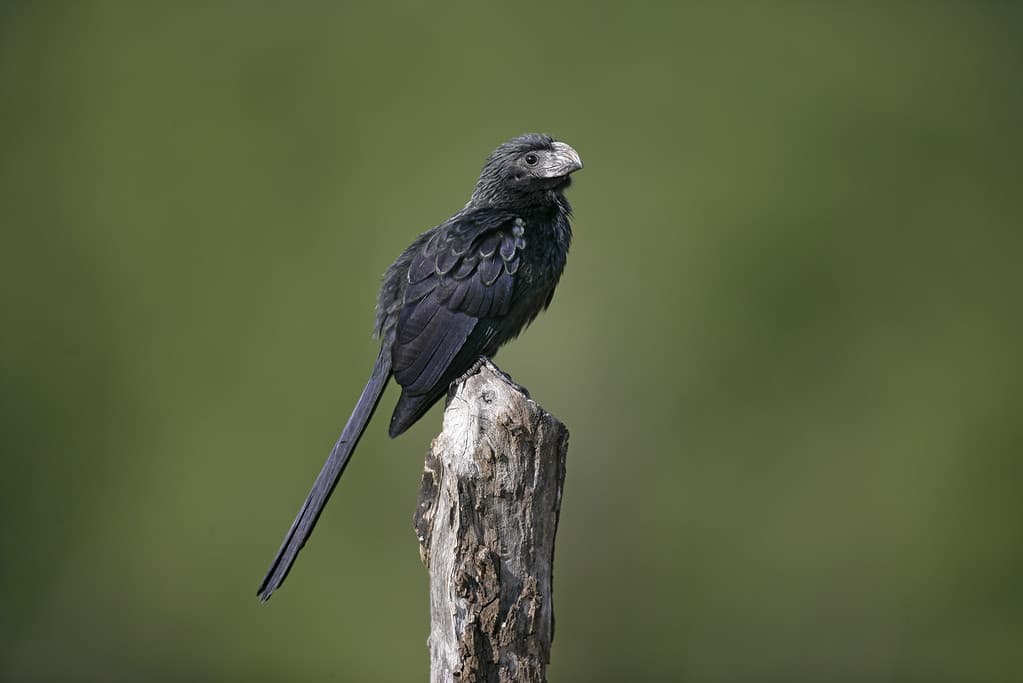
The groove-billed ani (
Crotophaga sulcirostris) ranges from the southern tip of Texas to the northern tip of Chile.
©MikeLane45/iStock via Getty Images
Anis are any of three species in the Crotophaga genus of cuckoos: the greater ani (C. major), groove-billed ani (C. sulcirostris), and smooth-billed ani (C. ani). All three species are native to the Neotropical Americas and share a similar appearance of black plumage, long tails, and large, ridged bills. Unlike some of their cuckoo cousins, however, they are not brood parasites. Instead, they are communal tree nesters that raise their own young.
2. Auk (Alcidae)
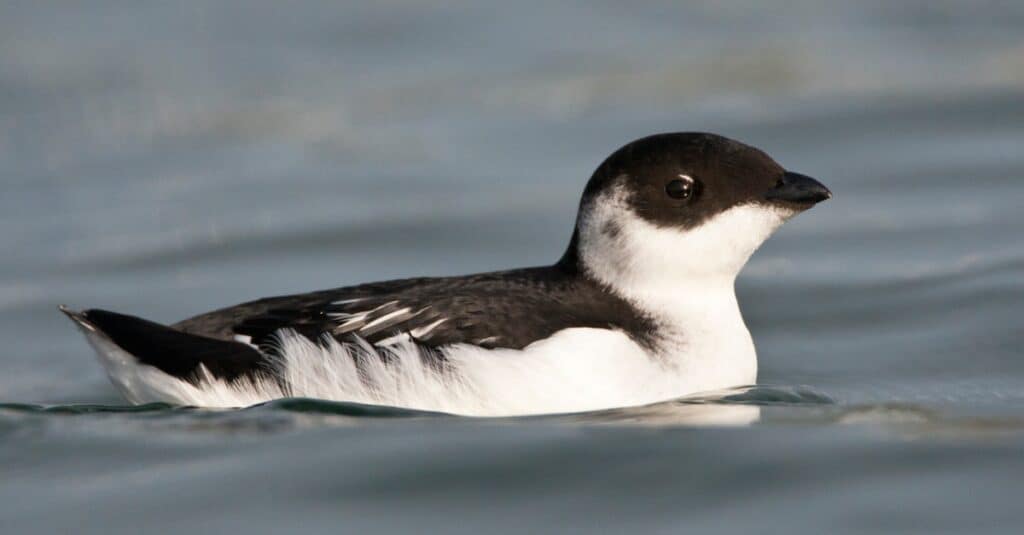
The little auk (
Alle alle) breeds in the high Arctic.
©iStock.com/AGAMI stock
“Auk” is the common name of the Alcidae order of seabirds. Individual species are also known as auklets, guillemots, murrelets, murres, and puffins. Although sharing many similarities in both appearance and lifestyle with penguins (Sphenisciformes), the two groups are not closely related; rather, such similarities are due to convergent evolution.
3. Emu
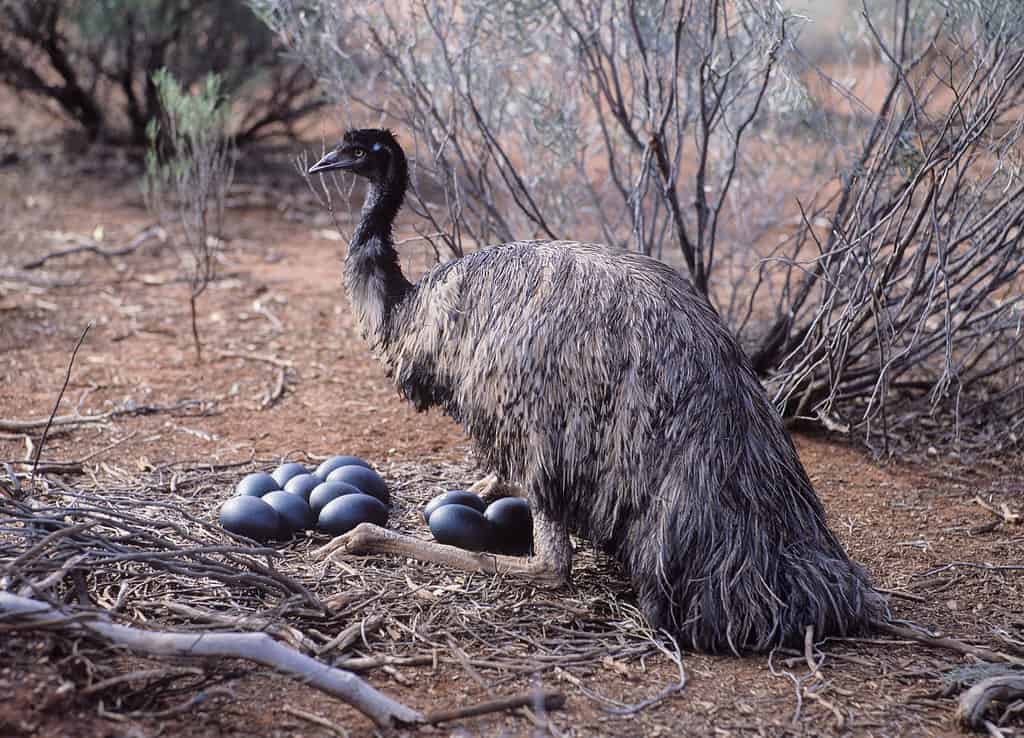
Emu females lay large, dark blue eggs, with males then incubating the clutch and raising the chicks.
©JohnCarnemolla/ via Getty Images
The emu (Dromaius novaehollandiae) is a large flightless bird species endemic to Australia. It is Australia’s largest native bird and serves as the national bird emblem. It is also the second-tallest living bird overall, after its ratite relatives, the ostriches (Struthio spp.).
4. Jay
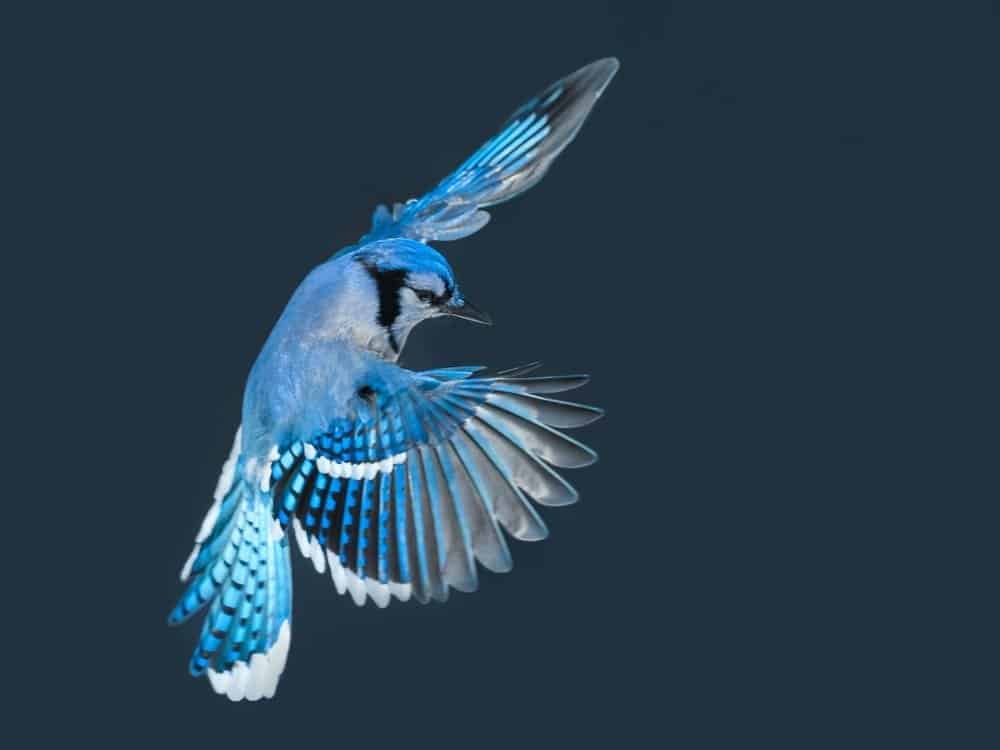
The
blue jay
(
Cyanocitta cristata) is a well-known backyard bird across much of the eastern and central United States.
©FotoRequest/Shutterstock.com
“Jay” is a common name given to numerous species in the Corvidae family, also collectively known as corvids. This diverse family also contains birds commonly known as crows, ravens, magpies, jackdaws, and others. Jays are scattered across 10 different genera in this family and are found across both the Americas and Afro-Eurasia. Most of the jays of the Americas also sport at least some blue plumage, making them more colorful than their famously black-feathered corvid cousins.
5. Kea
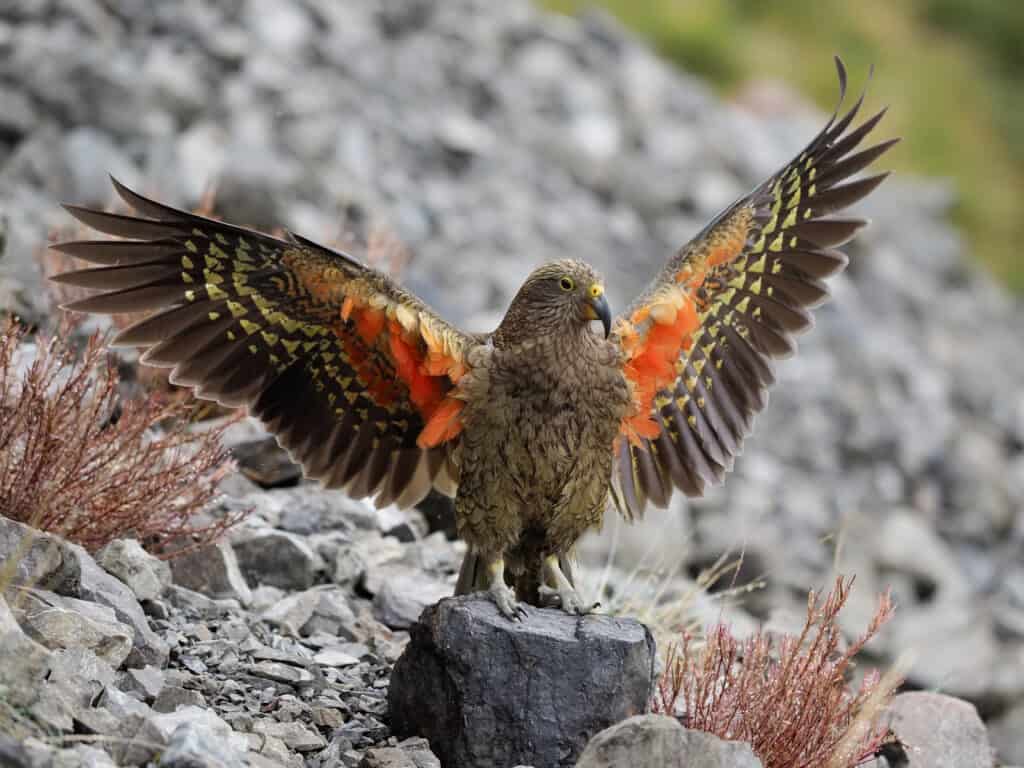
Keas are omnivores, feeding on a combination of plants, small prey, and carrion.
©Robert L. Sanson/Shutterstock.com
The kea (Nestor notabilis) is a large parrot species endemic to New Zealand. They inhabit forests and alpine regions, nesting in burrows under beech tree roots and rock outcrops. They are highly intelligent and curious creatures and have even been documented making and using tools! Unfortunately, the IUCN currently lists them as an endangered species, with an estimated total population of only about 6,000 birds remaining.
6. Moa

Moas were completely wingless, lacking even vestigial wings like other ratites.
©Mike Dickison / CC BY 4.0 - License
Moas were large flightless birds of the order Dinornithiformes, a clade of nine known species all endemic to New Zealand. They were likely driven to extinction by the mid-15th century from overhunting by the first human settlers to the islands. While indeed related to the other living flightless paleognaths (ostriches, cassowaries, emus, rheas, and kiwis), recent studies suggest their closest living relatives in this clade are the tinamous (Tinamidae) — a group of small birds native to the Americas notably capable of flight.
7. Owl
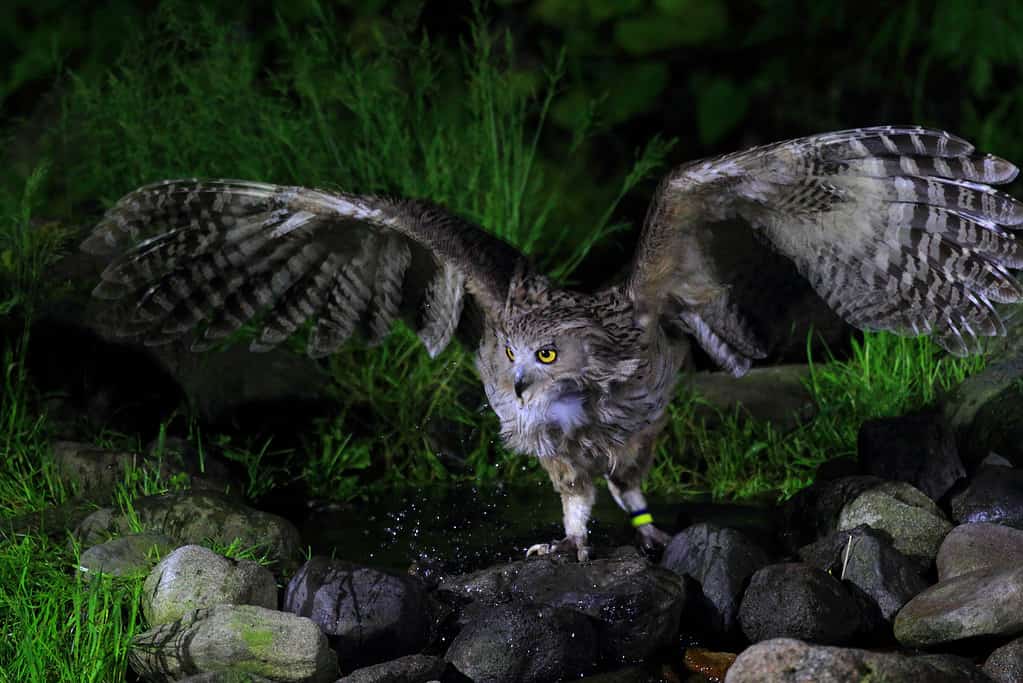
Blakiston’s fish owl (
Ketupa blakistoni) is the world’s largest living owl species.
©feathercollector/iStock via Getty Images
Owls are any of the 248 birds in the Strigiformes order of raptors. Within this order, the larger Strigidae family consists of 228 species, also known as typical owls, while the smaller Tytonidae family comprises 20 species of barn owls and their relatives (bay owls, grass owls, and masked owls). Most owls are nocturnal and solitary birds of prey, although there are exceptions, such as the diurnal and communal burrowing owl (Athene cunicularia).
8. Tit

The Eurasian blue tit (
Cyanistes caeruleus) is a common and beloved year-round resident across much of Europe.
©serkanmutan/iStock via Getty Images
“Tit” is the common name of the Paridae, a family of small passerine birds. This family of over 60 species ranges across much of North America, Europe, Asia, and Africa, with many of the species in North America commonly known as titmice and chickadees rather than tits. While most are naturally woodland birds, they have proven highly adaptable to human habitation and regularly visit backyard bird feeders.
9. Tūī

The tūī sports a distinctive white throat tuft called a poi.
©Josiah Wood/iStock via Getty Images
The tūī (Prosthemadera novaeseelandiae) is a large species of Australasian honeyeater (Meliphagidae) endemic to New Zealand. Although their preferred diet is nectar and honeydew, they also eat fruits and, especially during the breeding season, insects and other arthropods.
The photo featured at the top of this post is © Jan_Broz/Shutterstock.com
Thank you for reading! Have some feedback for us? Contact the AZ Animals editorial team.







